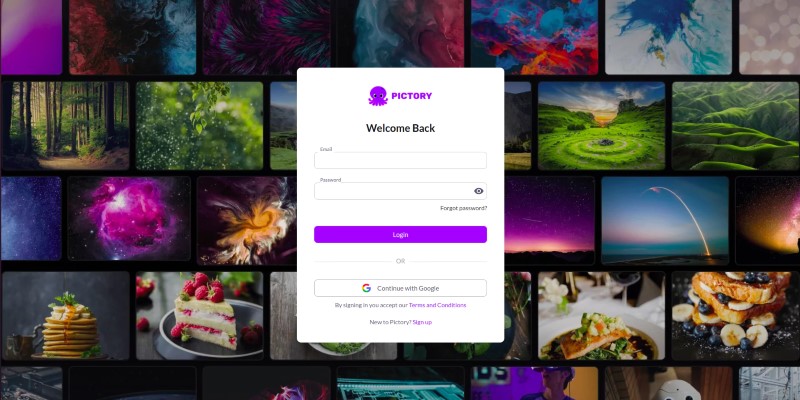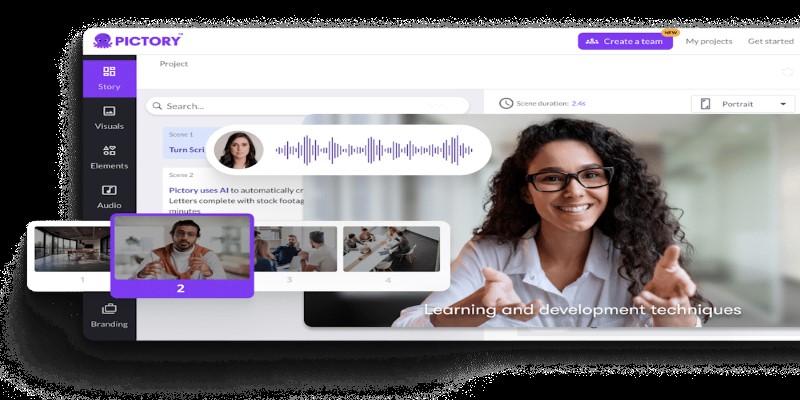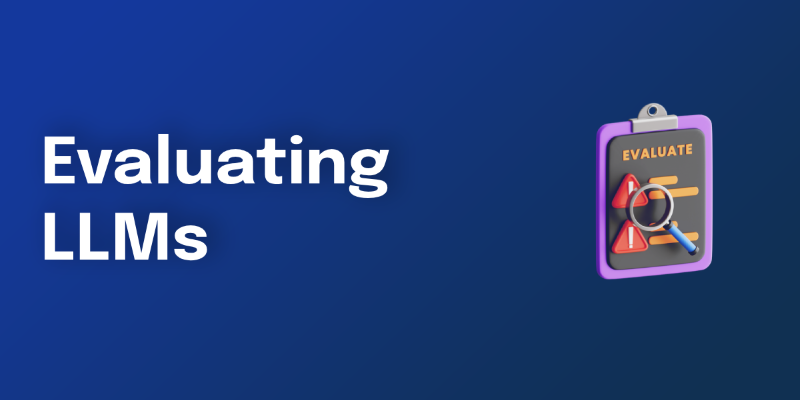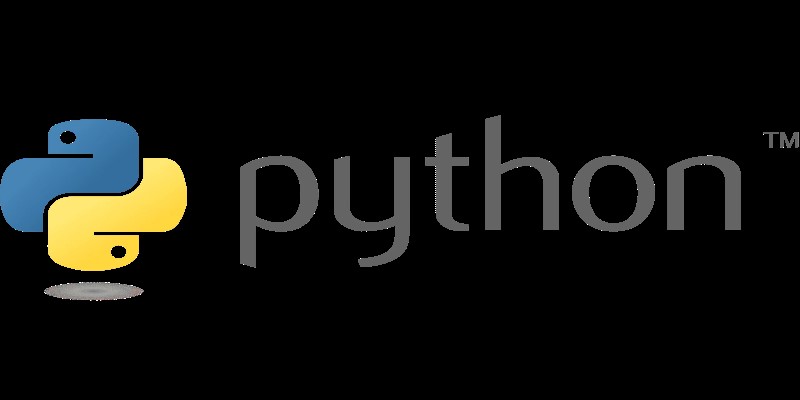Advertisement
Creating YouTube videos doesn’t need to involve complex software or video editing experience anymore. If you have a script, a blog post, or even just an idea in your head, Pictory AI can help turn it into a video without much effort. It's a tool that puts together visuals, subtitles, music, and more, all based on your input. And yes, the videos do look polished and ready to upload. There’s no need for camera gear or editing skills. What matters is how you use the tool—and there’s more than one way to do that.

If you already have a written script or want to write one, this is the easiest option to start with. You paste your script into Pictory, and the tool breaks it into short sections that each become a scene. It then scans for keywords and picks footage that fits the context.
What makes this useful is that every scene is editable. You can shuffle the order, cut unnecessary lines, or merge sections if they feel too choppy. If your scenes rely heavily on timing or specific emotional cues, you can fine-tune them with exact control. Background music and AI narration are available, but there's also the option to record directly inside the platform if you prefer a more natural sound. There's room to add captions, your logo, a custom outro, or branded color themes. Once you’re done, hit export, and the tool compiles everything into a video file you can download or upload right away.
This route works great when you want your message to be clear from the start and have control over how it’s presented.
If you run a blog or have long-form written content sitting unused, this feature helps turn that into something more visual. You paste the blog content or the link, and Pictory extracts the main ideas, breaks them into logical steps, and builds a video out of those points. This saves time, especially if the original piece is longer than what you'd want in a video.
You can use this to support your blog content or reach a new audience who prefers video over reading. The editing here can be based on intent—do you want to keep it educational, persuasive, or more casual? You can shift the scenes around or change the emphasis to match that tone. This feature also lets you import images from your own uploads if stock visuals don't quite capture your style.
This way of working is especially useful if you want to double your content output without writing something new every time.

This isn’t about building from text but pulling value out of content you already have. You upload a long video—maybe a recorded call, class, or podcast—and Pictory scans it for moments that are clear, engaging, or carry standalone meaning. Those moments are clipped and shown as separate highlight suggestions.
Instead of spending hours scrubbing through timelines to find shareable bits, this tool surfaces them for you. You can adjust the timing on each clip or remove filler like silences, repeated phrases, or unnecessary transitions. It's especially helpful when repurposing long content for short-form videos, like YouTube Shorts or previews for full episodes.
Once you're happy with the selected segments, you can stack them together, separate them into individual videos, or overlay minimal graphics to make them more dynamic.
If you prefer working from published articles—like industry news, studies, or listicles—this method works well. You provide the article link, and Pictory pulls in the full content. Instead of simply reading the article back to you, it identifies the major points and trims them into short, on-screen messages.
Each key idea becomes its own visual scene. You get to focus on presenting the message in a faster format that works well for YouTube audiences with limited time. It's less about repeating the article word-for-word and more about reshaping it into something digestible. You can highlight a stat, add commentary, or include quotes and citations using built-in text overlays.
This approach is great when you want to be informative but don't want to create everything from scratch. It’s also helpful if you’re creating curated content from multiple sources and need to keep things concise and visual.
If you already have a slide deck, there’s no need to rebuild content for YouTube. You upload the presentation file, and Pictory converts each slide into a video scene. Titles, bullet points, and images from the slides are carried over as-is, and you have the option to animate the elements to make them feel more like a video than a slideshow.
This format is handy for tutorials, webinars, or explainer content. You can enhance the delivery by adding recorded commentary over the slides or layering text-based instructions for clarity. What makes it better than a simple screen recording is that you can insert transitions between slides, adjust scene lengths, and clean up anything that might feel static.
You can also brand the final output to look more in sync with your channel’s identity, making the transition from slides to video feel intentional and polished.
Pictory AI isn’t just one kind of tool. It meets you where you are—whether you’re a writer, speaker, curator, or presenter. The different creation paths give room for different types of thinking. You can start with a blog, a voice memo, a meeting recording, or nothing but a mood and still come out with a polished video that’s YouTube-ready. That flexibility means you're never blocked by format—you just pick the one that works best for what you're trying to say.
Advertisement

Explore 6 practical techniques for displaying lists in Python using tools like the print function, for loop, and f-string formatting. This guide helps you show list data cleanly and clearly for real-world use

What if you could measure LLM accuracy without endless manual checks? Explore how LangChain automates evaluation to keep large language models in check

How to convert string to a list in Python using practical methods. Explore Python string to list methods that work for words, characters, numbers, and structured data

Know how 5G and AI are revolutionizing industries, making smarter cities, and unlocking new possibilities for a connected future

How to enhance RAG performance with CRAG by improving docu-ment ranking and answer quality. This guide explains how the CRAG method works within the RAG pipeline to deliver smarter, more accurate AI responses using better AI retrieval techniques

Learn how to build a GPT Tokenizer from scratch using Byte Pair Encoding. This guide covers each step, helping you understand how GPT processes language and prepares text for AI models

How to handle NZEC (Non-Zero Exit Code) errors in Python with be-ginner-friendly steps and clear examples. Solve common runtime issues with ease

Alluxio debuts a new orchestration layer designed to speed up data access and workflows for AI and ML workloads.

How Oppo’s Air Glass 3 XR brings AI-powered VR glasses to everyday life with smart features, sleek design, and seamless usability in real-world settings

Learn how to build Custom GPTs using this step-by-step guide—perfect for developers, businesses, and AI enthusiasts alike.

Need to test or run Python code without installing anything? These 12 online platforms let you code in Python directly from your browser—ideal for scripts, demos, or full projects

Discover how ChatGPT can help Dungeon Masters and players enhance their Dungeons and Dragons experience by generating NPCs, plot hooks, combat encounters, and world lore